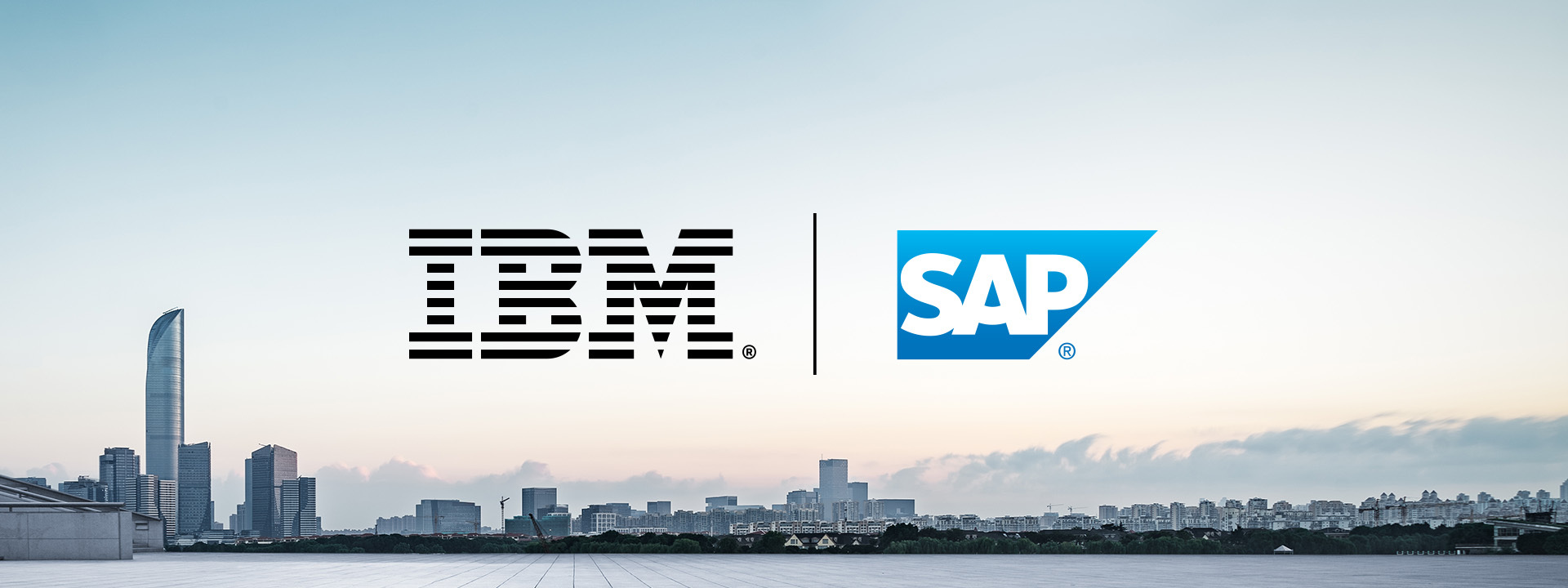Cloud Migration As a Driving Force for Business Transformation
Meet the Authors
Key Takeaways
Many SAP users are looking to go through the journey of cloud migration because on-premises legacy infrastructure is limiting their speed of production.
SAP users should be aware of opportunities offered by collaboration with companies offering certified cloud integrations with SAP like Loftware.
Examples of collaborations like the one between W.L. Gore and Loftware’s show that cloud migration can both achieve improvement of internal operations and the overall acceleration of the business transformation journey.
Cloud migration may now seem to become a buzzword in the business world: everyone talks about it, and it is becoming a crucial part in many ERP applications. Yet, there is still much to be navigated in the debris of migration and transformation that companies wish to go through – especially with the approaching 2027 deadline for migration to SAP S/4HANA. What options are there to consider when navigating that transformation journey and what benefits can be found along the way?
W.L. Gore, a global materials and biomaterials science company, realized that its on-premises legacy infrastructure was limiting the speed of production due to the time-consuming process of labeling creation. The company carries responsibility for over 40 million globally distributed innovative and technology driven solutions from medical devices that treat aneurysms to high-performance GORE-TEX® fabric. That responsibility is the reason why improved speed-to-market production process is crucial to the business’s functioning.
The company already cooperated with Loftware, end-to-end digital platform for enterprise labeling & artwork management which partners and maintains certified integrations with SAP, Oracle, and Infor, by using its Loftware Print Server (LPS). However, soon enough W.L. Gore realized that it was time to respond to modernization demands and embark on LPS retirement journey by migrating to their SAP-certified cloud-based labeling solution.
Explore related questions
Among the benefits that W.L. Gore experienced after migrating to the cloud were reduction in audit response time, 50% improvement in speed-to-market, utilization of automation which helped eliminate errors, increase in customer responsiveness and expansion of label printing across the globe. Now, their Product Labeling team utilizes a single format with 500+ images, accommodating over 3,800 SKUs with just 75 label designs and 7,000 image files. The update facilitated swift adjustments of label elements such as languages, brand names, and regulatory details to meet diverse customer demands efficiently. Furthermore, migration to Loftware’s cloud software helped to remove the need for storing label format and image files on premise.
Whether SAP users are looking to improve their organization’s labeling system or any other part of the business, the example of W.L. Gore and Loftware’s collaboration shows that cloud migration can both achieve the speed-to-market improvement and the overall acceleration of the business transformation journey. In the evolving world of technology, modernization and cloud migration play a crucial part in a successful SAP applications experience. Not only do they assist in bringing businesses’ technological advancement up to date, but they can also help to improve cross-functionality of internal operations.






